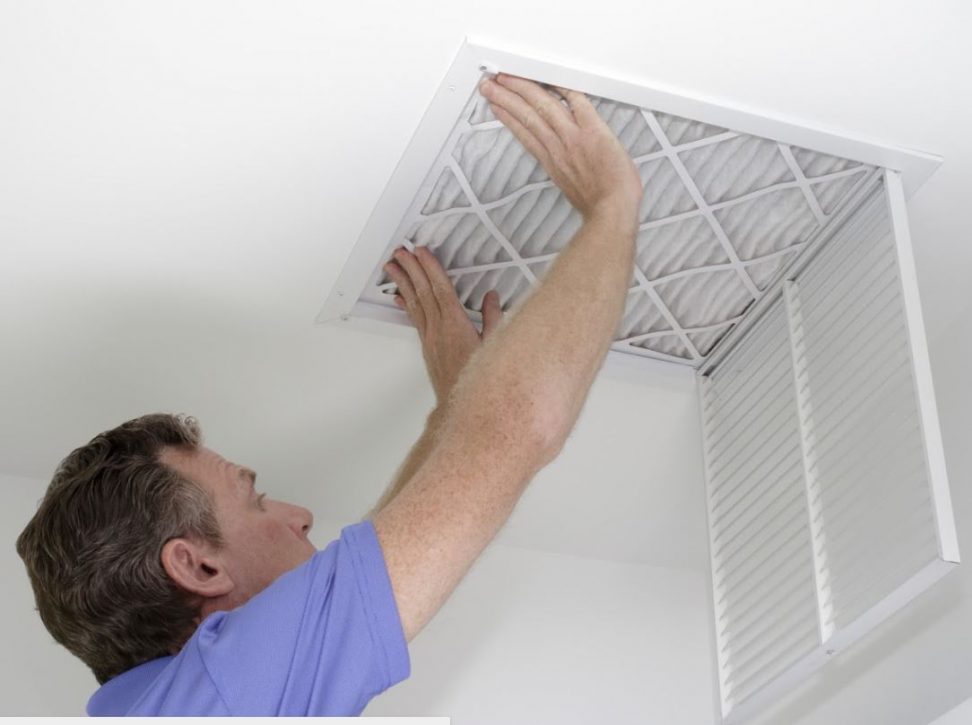Guest Post
If this sounds like your situation, try to remember the schedule when you are supposed to remove old and dirty air filters and insert new, clean ones.
If you want to know more reasons why you should change your air filter regularly, here are some of them:
Clogged Up Air Filters Make Your HVAC System Work Harder
You might not know it, but there is a close relationship between your air filter system and your heating, ventilation, and air conditioning (HVAC) system.
Often, air from the air filter system goes into the HVAC system, where the air is heated or cooled before it is sent back to your rooms. I
f the air filters are already clogged with dust, pollen, pet hair, and any other indoor air pollutants, that will make your HVAC system function at a reduced capacity.
It might also lead to your HVAC conking out completely, making you and your family feel extremely uncomfortable during extreme heat (summer) or extreme cold (winter).
To avoid these situations, you simply have to remove the dirty filters and insert new ones, especially when prompted by your air filter reminder.
Dirty Filters Can Drive Up Your Energy Bills
If your energy bills seem to be costing much, you may want to look into your home’s air filter system.
If the filters are clogged, it means that the fan has to work double time to push air into your room.
Once that happens, your energy consumption is bound to go up.
Uncleaned Filters Can Breed Mold And Bacteria
If your air filters are not cleaned regularly, these can trap moisture from indoor air, which, in turn, can become the incubation site of mold and bacteria.
If these elements are allowed to spread, you and your family could be breathing them in, going straight into your lungs. This might lead to illnesses, such as fungal and bacterial infections.
Filters That Need Replacing Fail To Screen Particulates
Another problem with dirty air filters is that they may stop filtering out indoor air pollutants, which is bad news for people suffering from allergies and asthma.
Dirty air filters put all the household members at high risk of breathing in indoor air pollutants that can trigger allergic reactions or make it hard for them to breathe.
When Is The Right Time To Change Your Air Filter?
If you set a date for cleaning or changing your air filters, it becomes a habit for you, thus you won’t need to be constantly reminded about when that should be done.
For example, you could make the first Saturday of every month as the fixed schedule for changing air filters.
Doing so would make it so much easier for you to integrate changing air filters into your regular routine.
Some need to be changed less often, depending on the quality of the filters.
So, you can actually opt for an air filter system that only requires to be changed every three months rather than every month.
If you are using an air filter system that is reusable, it will probably require cleaning once a month for it to function efficiently.
If you are using disposable filters, you may need to stock up on the replacement filters so that you won’t have to worry about consistent supply.
This is especially true if the air filters you use at home tend to go out of stock as the specific brand or made you need could be popular in your location.
Some stores may allow you to make bulk purchases of filters, thus you need to take advantage of this opportunity.
But, don’t store these filters just anywhere; you need to keep them somewhere clean and dry if they are not in use.
Conclusion
Changing filters is a necessity, especially if your air filter system is connected to your HVAC system.
This is for the reason that your HVAC system may perform poorly or even break down if the air filters are dirty or clogged.
Having said that, you should make it a point to change or clean filters on a regular basis.
Having clean filters will allow your air filter system to perform at normal capacity, which directly results in your HVAC system functioning properly, enabling you and your family to enjoy clean, fresh air that is devoid of any pollutants.
